In the GB News Pensions and Retirement Q&A, Jasmine Birtles answers questions from GB News members. You can email your question to money@gbnews.uk.
Question: “I’m a pensioner but my pension income means I am now in the basic rate tax band. I moved my £75,000 of savings into high interest savings accounts recently, but I am told I will now need to pay tax on my savings. Do I need to do anything? Why am I being taxed on my savings?”
Jasmine replies: It really is unfair that pensioners should pay tax on their pension income…particularly when they paid tax on the money they earned through their lives.
As successive Chancellors continue to “freeze” the tax thresholds – i.e. the point at which we all have to start paying income tax – that means that more and more pensioners are caught in that tax net.
I’m not surprised that you are looking for ways to reduce your tax payments. Happily, there are a few ways you can do it. In fact,t I have spoken to Kieran Duffy Director and Wealth Manager at Heligan Wealth Management about it.
Do you have a money story you’d like to share? Get in touch by emailing money@gbnews.uk.

Britons are looking for ways to boos their retirement pot
GETTY
He said: “I’d like to provide you with some reassurance. The average savings for those in the UK above the age of 55 is £35,607 so you are doing better than the average. You’re also acting responsibly by searching for high interest savings accounts and by asking your question.
“Taxable income in the UK relates to most job-related income, profits from trading, income from renting out property and most pension income. As well as most savings and dividend income. For you to be in the basic rate tax band, your pension income must be above the personal allowance of £12,570 and will be taxed at 20 per cent.
“The average person can earn some interest from their savings without having to pay tax. The tax allowances available include:
- Your personal allowance which we have already established is being utilised
- Starting rate for savings
- Personal Savings Allowance (PSA).
“The way the ‘Starting rate for savings’ works is that if your income is below £17,570 you will be eligible for it, with the maximum allowance available being £5,000. This reduces by £1 for every £1 your income is above £12,570. For example, if your taxable pension income is £16,000, your starting rate for savings would reduce by £3,430 to £1,570.
“As a basic rate taxpayer, the first £1,000 of savings interest will be tax free due to the Personal Savings Allowance PSA). This allowance was introduced in April 2016 to minimise tax paid by savers. Although, you’re now paying more tax due to the increasing interest rates over recent years.”
So, in your example, let’s assume you’re getting the highest easy access rate that our clients have access to, which is Cynergy Bank at 4.66 per cent AER (although I have seen as high as 5.81 per cent elsewhere).
Based on £75,000 of savings at 4.66 per cent you would achieve £3,495 gross annual interest, £2,495 of which would be subject to 20 per cent tax equating to a net annual savings income of £2,996 (or tax of £499).
What can you do?
I think your best option going forward would be to Open a high-performing Cash ISA. You can place up to £20,000 each tax year in a Cash ISA or across a combination including Stocks and Shares ISAs.
Subsequently, if you were to place £20,000 in a Cash ISA this tax year and a further £20,000 from 6 April 2025, £40,000 of your savings would be income tax free and easily accessible by next summer.
The full £75,000 will get the good interest, but only £35,000 will be taxable whilst you are still benefitting from the Personal Savings Allowance of £1,000.
Overall this means that only £631 of your savings would be taxed at 20 per cent and your net annual savings income is £3,368.80. A potential tax saving of £372.80.
 “Significant” life decisions could impact your pension savings GETTY
“Significant” life decisions could impact your pension savings GETTY The year after that you could put another £20,000 into a Cash ISA and keep going until the whole £75,000 is wrapped in a tax-saving ISA.
Another investment option to consider for some of your money is gold sovereigns. Gold has gone up by an average of 10 per cent a year since the turn of the century and if you buy sovereigns you can also save tax, as Harry Thorne from Bullion Club, which specialises in buying and selling gold coins, points out.
He shared: “I always advise our clients to simplify their approach to the gold market. UK gold coins from the Royal Mint are like a cash ISA. free from VAT and Capital Gains Tax. The key advantage is that there’s no upper limit on the profits you can earn without incurring any tax liabilities.
“If they are safety cautious too, we have a storage option which is free of charge for the first year and then 0.5 per centof the holding per year after.”





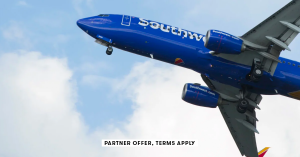






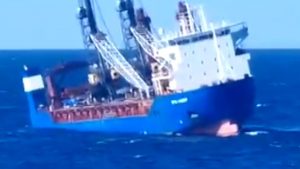
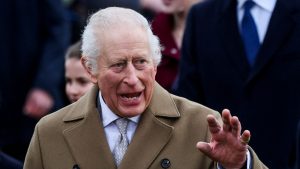
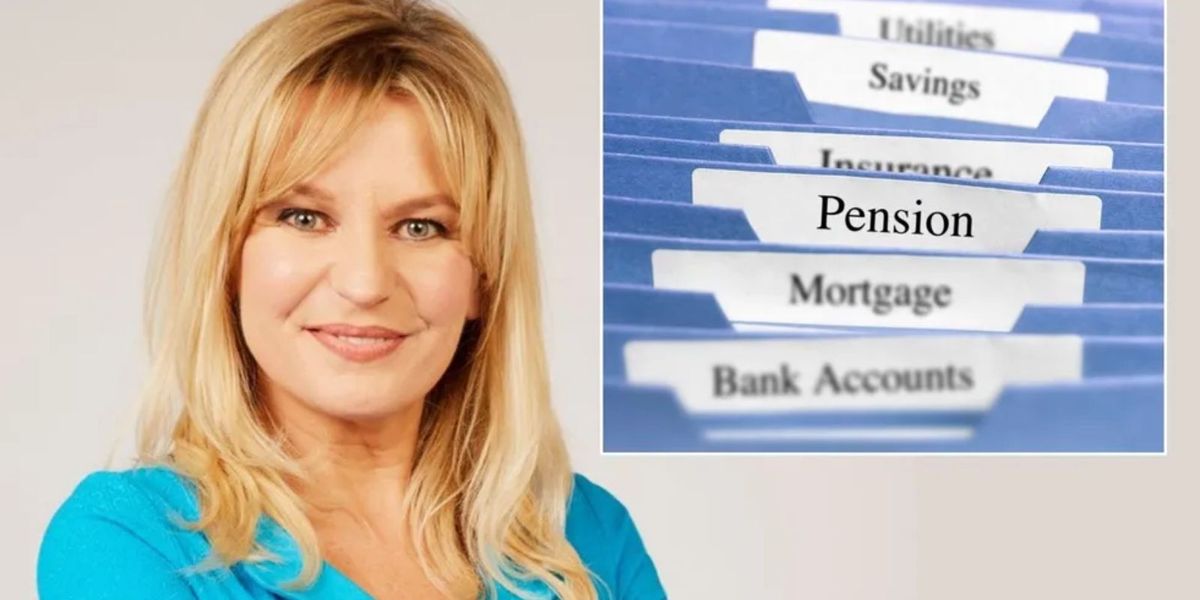



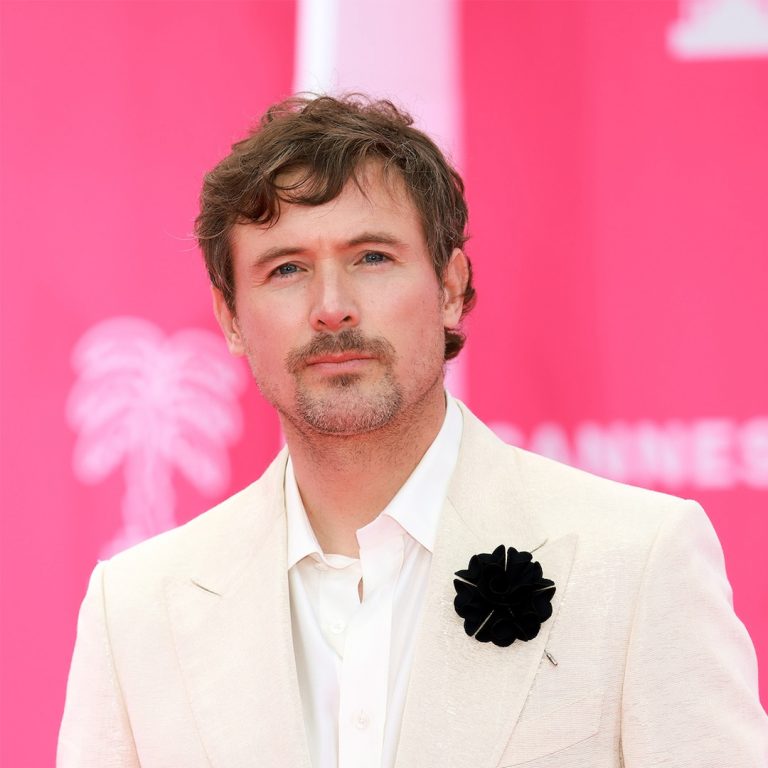
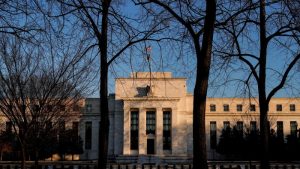

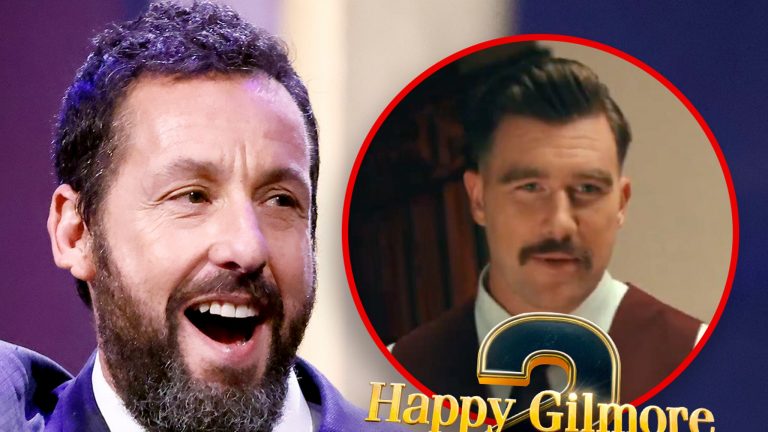
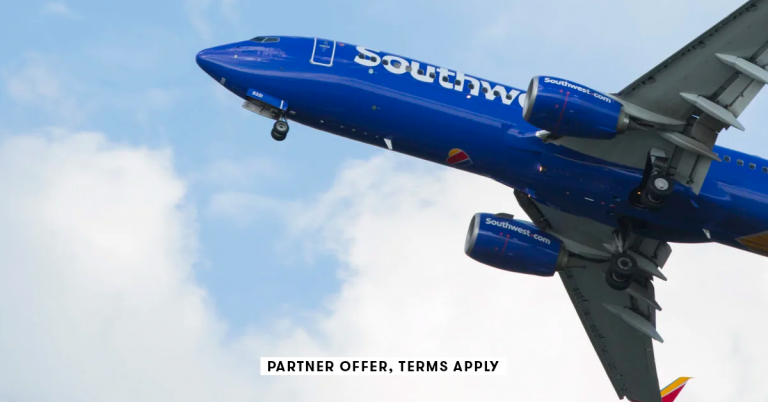

+ There are no comments
Add yours